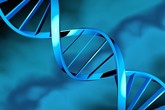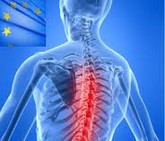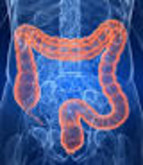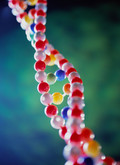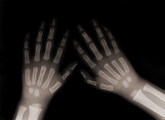Biosimilars/Research
Open-label studies show similarity of biosimilar infliximab and Remicade
The results of two open-label extension studies of Inflectra (CT-P13; infliximab), one in patients with rheumatoid arthritis, the other in patients with ankylosing spondylitis, have confirmed the similarity, with respect to efficacy and safety, of the biosimilar infliximab and its reference product, Johnson & Johnson’s rheumatoid arthritis blockbuster Remicade (infliximab).
Etanercept biosimilar has comparable pharmacokinetics to Enbrel
An etanercept biosimilar (CHS-0214) from fledgling biotech company Coherus Biosciences (Coherus) has shown comparable pharmacokinetics in a pivotal clinical study.
Use of similar biotherapeutic products to treat rheumatoid arthritis in Latin America
Latin America has a significantly lower gross domestic product (GDP) compared to Canada, Europe and the US. Despite this fact, the cost of biologicals is in general very similar to countries with higher GDP, causing problems for patients to gain access to these medications. This problem could possibly be solved by the introduction of lower-cost biosimilars to the region.
Clinical trials for follow-on biological products in Brazil
Unlike for generic drugs, authorizing biosimilars without conducting quality clinical trials represents a real threat to patients, according to Professor Valderílio Feijó Azevedo, Professor of Rheumatology at the Universidade Federal do Paraná in Brazil [1].
Extrapolation of biosimilar infliximab indications to inflammatory bowel disease
Gastroenterologists are wary of using biosimilars of infliximab in the treatment of inflammatory bowel disease. This fact is being evidenced by the publication of position statements from various professional groups.
The future of nanomedicines – nanosimilars
First there were generics, then came biosimilars and soon the European Medicines Agency (EMA) is anticipating the first nanosimilars, or similar versions of originator nanomedicines.
Regulation of similar biotherapeutic products in Latin America
Regulation of similar biotherapeutic products (SBPs) in Latin America varies widely among different countries and, although many countries have yet to introduce guidance for biosimilars, the region is moving towards increasing standards of regulation for these products [1, 2].
Positive phase III data for Epirus infliximab biosimilar
US-based Epirus Biopharmaceuticals (Epirus) announced on 28 August 2013 that its biosimilar infliximab candidate had demonstrated ‘clinical comparability’ to Remicade as measured by the ACR20 response in severe rheumatoid arthritis patients.
Assessment of efficacy and safety of biosimilars in rheumatology
During the last decade, the availability of biological therapies has revolutionized the treatment of rheumatoid arthritis. Biologicals, unlike small-molecule chemical drugs, are extremely complex molecules, making producing biosimilars far from a simple process.
Cost savings from use of biosimilars in rheumatology
The treatment of rheumatoid arthritis provides a clear argument in favour of developing biosimilars and the need to collect sufficient pharmacological data to validate their bioequivalence and interchangeability.
